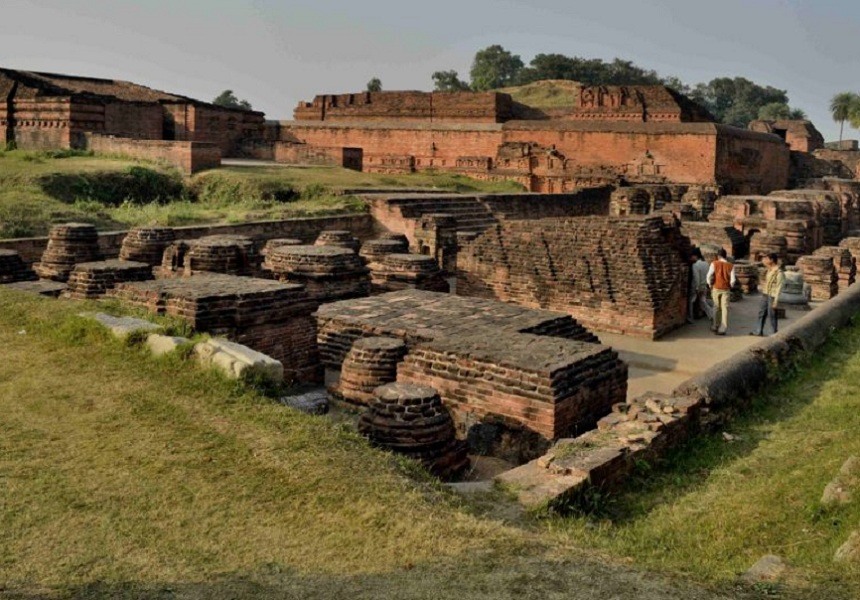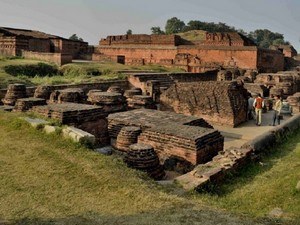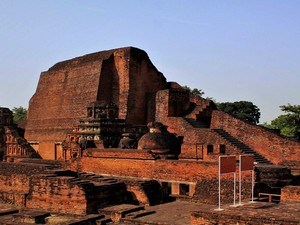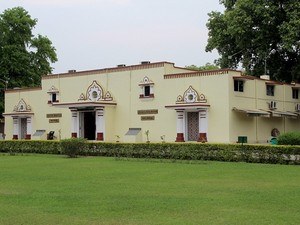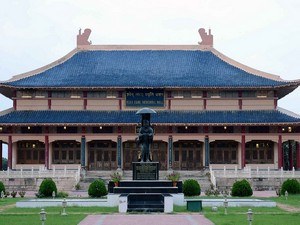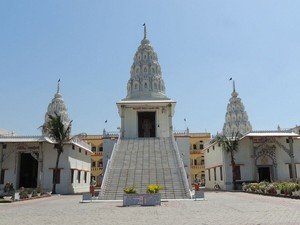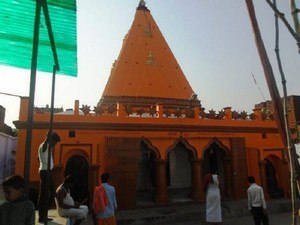Nalanda University Ruins - History, Timings & Entry Fee
![]() Historical
Historical
 #1 of 10 Places to Visit in Nalanda
#1 of 10 Places to Visit in Nalanda
 Distance (From Nalanda Railway Station): 3 Kms
Distance (From Nalanda Railway Station): 3 Kms
 Trip Duration (Including Travel): 1 Hour
Trip Duration (Including Travel): 1 Hour
 Place Location: At The Center Of The Town
Place Location: At The Center Of The Town
 Transportation Options: Cab / Auto
Transportation Options: Cab / Auto
 Travel Tips: None
Travel Tips: None
At a distance of 3 km from Nalanda Railway Station, and 14 km from Rajgir, Nalanda University is an ancient site located in Nalanda, Bihar. Also known as Archaeological Ruins of Nalanda, it is one of the stunning UNESCO World Heritage sites in India, and among the must include places in Nalanda Tour Packages.
Founded by Kumaragupta during the 5th century, Nalanda University stands out as the most ancient university of the Indian Subcontinent, and one of the oldest universities in the world. Historical sources indicate that the University had a long and illustrious life which lasted almost continually for 800 years from the 5th to the 12th century CE. Nalanda obtained significant fame during the Gupta era, according to the seal found in the name of King Kumaragupta.
Post Gupta period, Nalanda flourished under the reign of emperor Harshavardhan of Kannauj. The growth and the popularity of the university continued until the 9th century, after which its gradual decline started under the Pala Empire from the 9th century to the 12th century. Historians assume that this great center of learning was ransacked and destroyed in the 12th century by Bakhtiyar Khilji of the Delhi Sultanate, which led to the total decline and abandonment of the institution. The site was recovered by the Archeological Survey of India in 1915 and the place got inscribed as a World Heritage Site by UNESCO in 2016.
Along with Taxila and Vikramshila, Nalanda formed a trio of educational institutes that were considered to be the best in Asia and attracted students from as far as China, Mongolia, and Persia. Also known as Nalanda Mahavira, it engaged in the organized transmission of knowledge over an uninterrupted period of 800 years. Built with red bricks in the Kushana architectural style, the university building was three to six storeys high and the entire complex spread over an area of 23 hectares. Many monasteries, hostels, and classrooms are built in the Pala dynasty. It was home to more than 2,000 teachers and 10,000 students. It is said that the library of the university had so many books and manuscripts that it kept on burning for six months after the entire structure went up in flames. Renowned Chinese scholar Hsuan-Tsang also visited the institution in the 7th century to learn the Vedas, Buddhist theology, and metaphysics.
The Nalanda University Ruins comprises many stupas, chaityas, stairways, decorated panels, and dormitories of monks and students, lecture halls, etc. Sariputra Stupa is one of the remarkable excavations present amongst the ruins of Nalanda University. Built-in the 3rd century by Ashoka in the honor of Sariputra, it is surrounded by pillared structures that has a pyramidal shape with towers above the whole complex. Protected by seven layers of constructions, the corner looms and neighboring stupas at the place are ornamented with niches of Bodhisattvas and different events of Buddha's life. Also, one can visit the Black Buddha Temple, situated just outside the wall of ASI protected Ruins of Nalanda University, has a nine-foot statue of Buddha in Bhumisparsha Mudra which is made of black basalt rock.
Timings: 9 AM - 5 PM
Entry Fee: Rs. 15 for Indians & Rs. 200 for Foreigners



